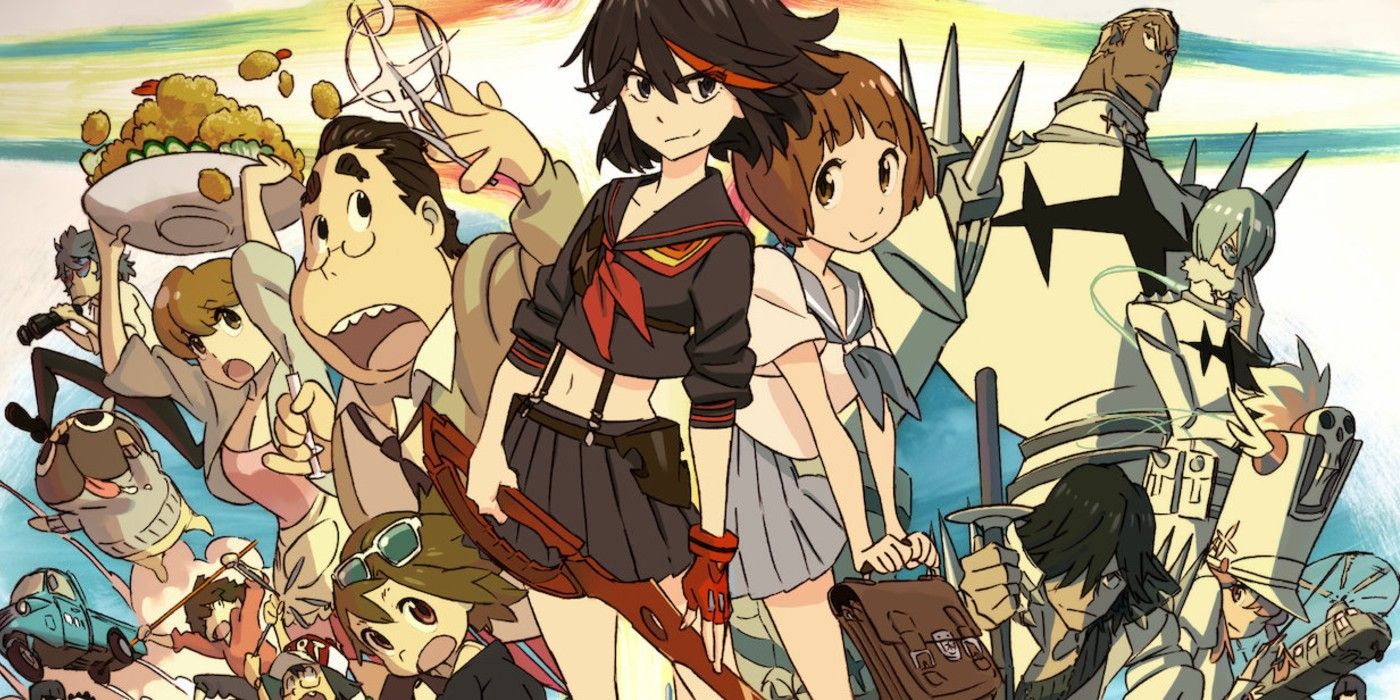This contains spoilers for Kill La Kill, currently streaming on Crunchyroll.
Kill La Kill is a 2013 anime series that is still being debated today. Ground-breaking and controversial, its importance in the world of anime cannot be denied. Love it or hate it, Kill La Kill is not easily ignored.
The series deconstructs a great array of anime stereotypes, breaks gender norms, uses appropriation of sexualization to empower women, addresses fashion and fascism (even playing with the words in Japanese for these two), makes nods to George Orwell’s books 1984 and Animal Farm, and obviously has elements of magical girl anime galore.
Deconstructing Magical Girl Anime Elements
Though Kill La Kill is never advertised as a magical girl anime, not even once it is said there is magic in its universe, and everything was explained by science by its end, but then again, according to the very definition of magical girls, they do not even need to be magical! It is undeniable that it contains a lot of elements and tropes of magical girl anime. By incorporating elements of magical girl anime and subverting them within its context of storytelling, this unique anime manages to still be extremely relevant almost a decade after it was first aired (2013).
So, even if Kill La Kill is not overtly a magical girl anime in its nature, some magical tropes are incorporated into the narrative to create room for character development and world-building, together with all the criticism this anime series brings to viewers.
The Most Obvious Element: The Transformation
If we take a look at the tropes and elements found in magical girl anime, the only common point to be agreed on that is shared by all magical girls in anime is that they transform to unlock their powers.
Of course, the transformation in Kill La Kill is used whenever Ryuuko or Satsuki equip their “sentient sailor uniforms”, Senketsu and Junketsu, respectively, in a very Sailor Moon-like, although Kill La Kill unique, sequence. When Ryuuko finally bonds with the uniform provides a sequence that is both sexy and powerful.
Checking All The Magical Girl Boxes
Most magical girls are action girls, and Ryuuko for sure fits into this category since she is surely a female badass and very tough, which also makes her fit into the trope badass adorable, which at first she is not, but, following the trope, she ends up becoming. Satsuki is an action girl too.
Befriending the enemy is a very common tactic used by magical girls, which ends up happening, and friendship ends up being real actually because Kill La Kill also subverts the antagonist/villain trope. And with that comes another one: the dark magical girl redemption arc, with Satsuki joining forces with Ryuuko to defeat the big bad and save the world. Then, we can tick off the whole fighting-against-evil trope as well. (The dark magical girl is the main character’s rival with a dark and troubled past.)
It is a coming-of-age story, and its OVA even shows Ryuuko graduating. Both Magical Girls in Kill La Kill grow older and mature over the course of the story. They settle the troubles and the traumas from their pasts, save the world and become better people. Unquestionable truth.
Since Kill La Kill deconstructs and subverts tropes and genres, it is worth mentioning that it also fits into the “Magical Girl Genre Deconstruction” category, which is rarely aimed at little girls, being usually subverted and aimed at men. In the case of Kill La Kill, teenage boys, since it is shonen.
The “Mini Dress Of Power” trope is played to the extreme as a source of criticism per se, with the very skimpy outfits they wear in their transformations being minimal.
The “Power Of Friendship” trope is there too, mainly with Ryuuko’s friend, Mako, and Mako’s mother, since Ryuuko is an orphan and has a very nice maternal relationship with her, and, later on, the friendship established with her sister, Satsuki.
Also, the “Wake Up, Go To School, Save The World” trope is taken quite literally, since the story itself involves a school and everything it fights for and against and what it represents. Kill La Kill would not be the first shonen anime to step into the magical girl territory. Cutey Honey, which is an anime classic from the 1970s, with a lot of remakes and tributes, started as shonen in Weekly Shonen Champion but was meant to be a shojo magical girl manga series for Ribon magazine.
“Hey, have you ever thought it was embarrassing to jump around in such a short skirt?”
- Fish Eye to Usagi Tsukino, Sailor Moon SuperS , episode 140
So, What's The Verdict?
Magical Girl anime in structure. Shonen in demographics, with shonen-like battles entwined with the magical girl transformations. A parable against fascism, a shonen with adult content and theme, a fight for freedom in all senses. Kill La Kill is more than shonen. More than a magical girl anime.
It goes beyond definitions. It encompasses more than one genre to spread more than one of its powerful messages. Definitely, a great piece of work that has remained very relevant, watchable, and rewatchable almost a decade after its creation, surely passing the test of time.

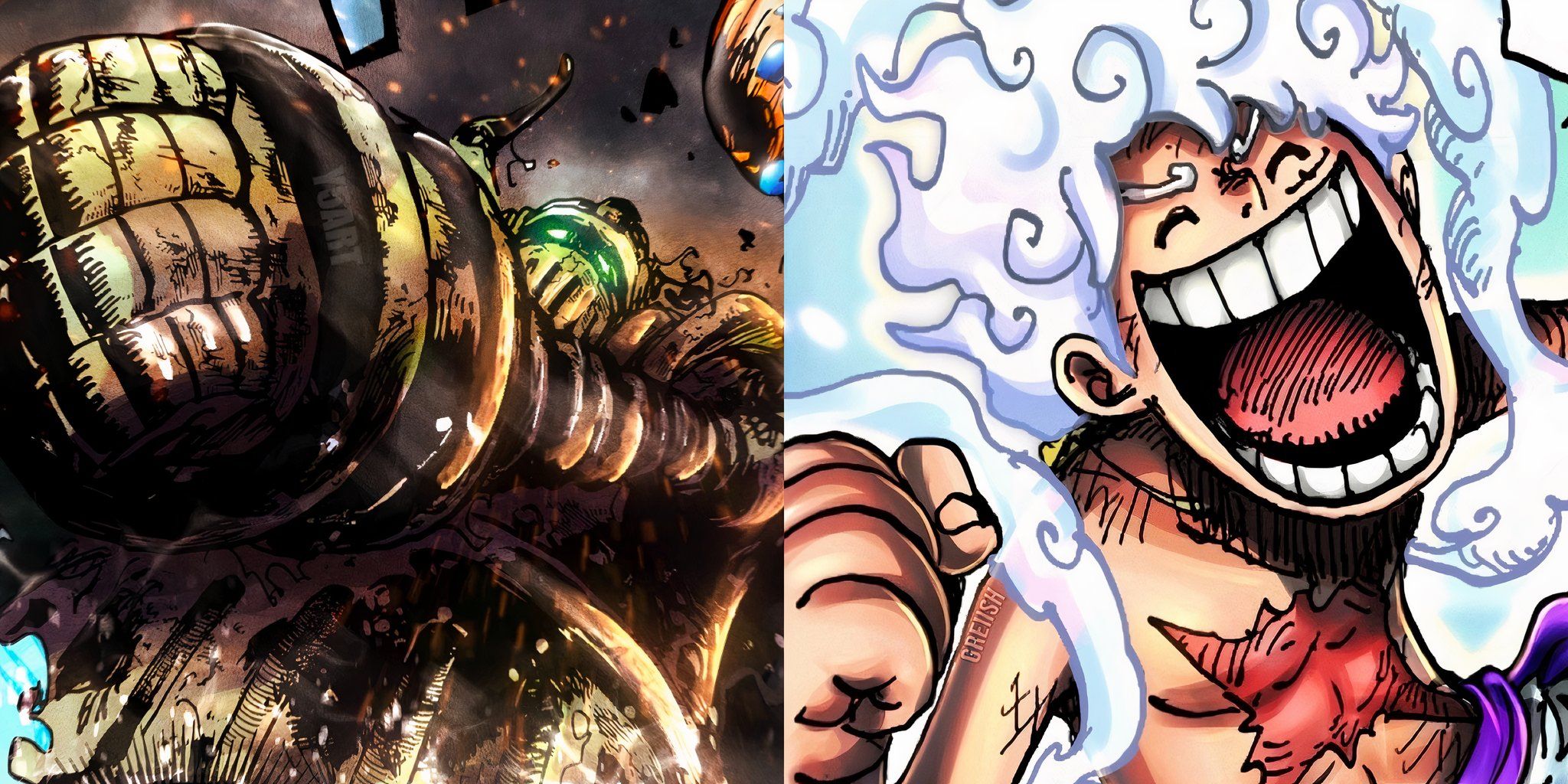
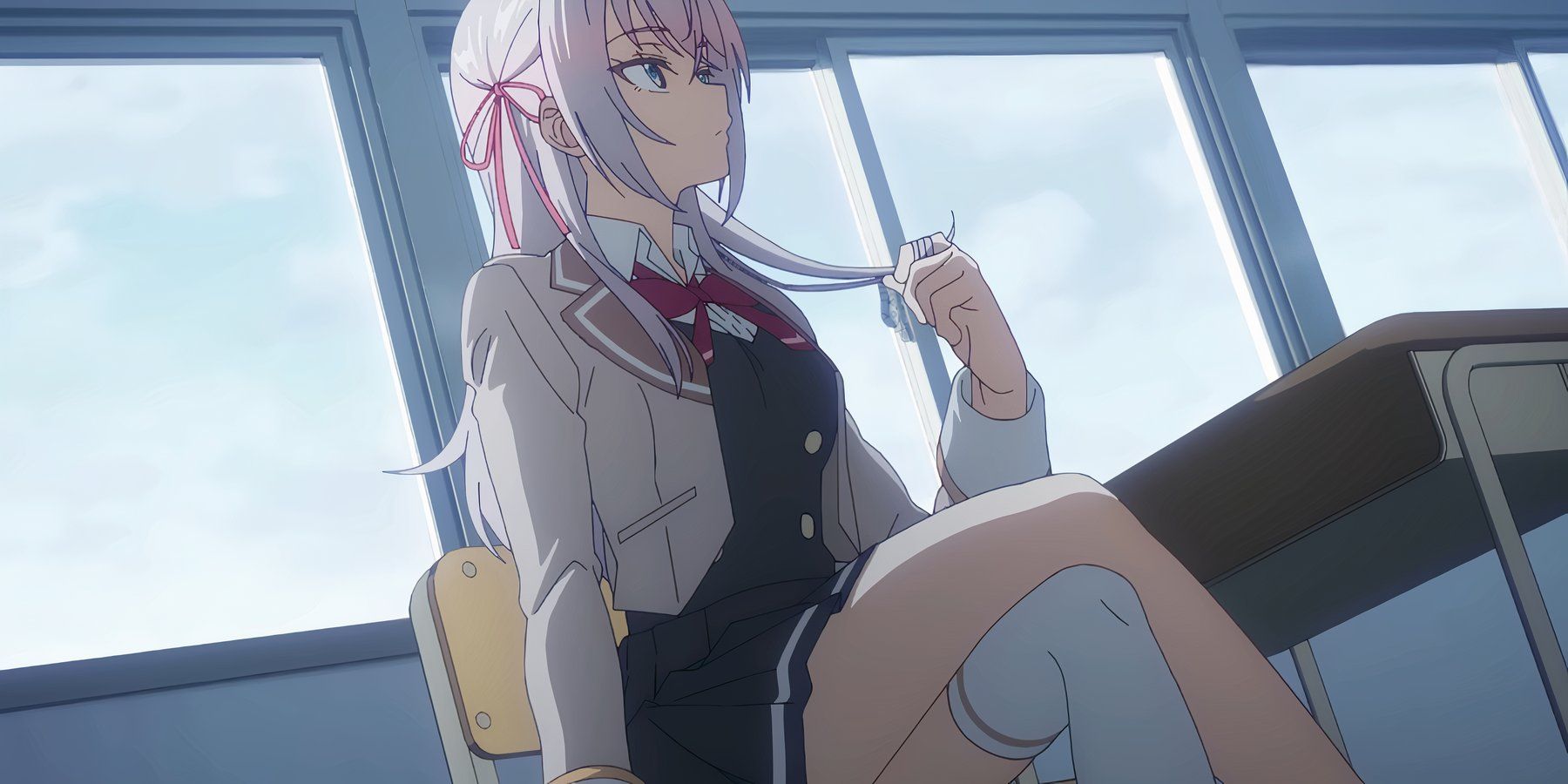
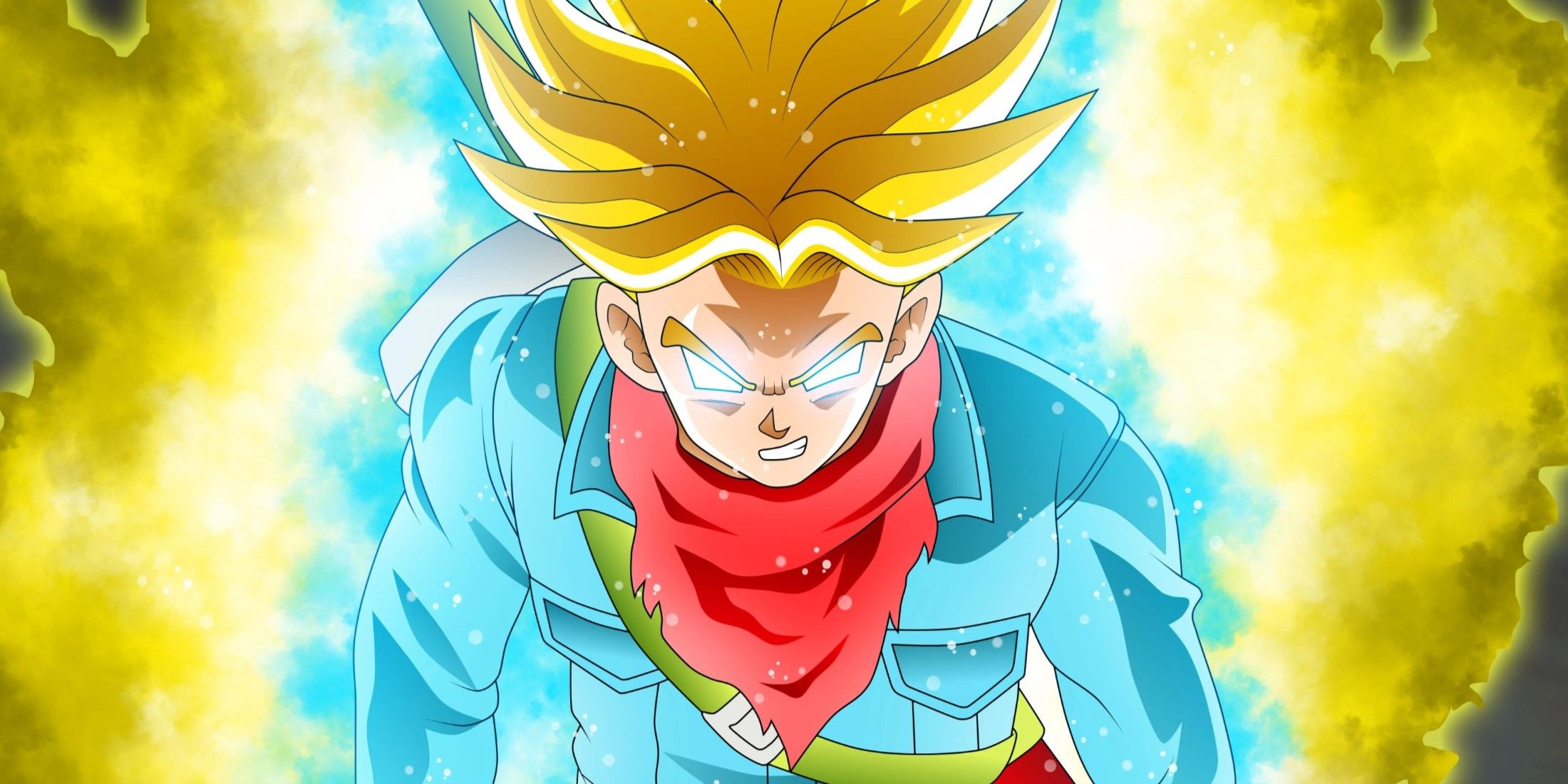
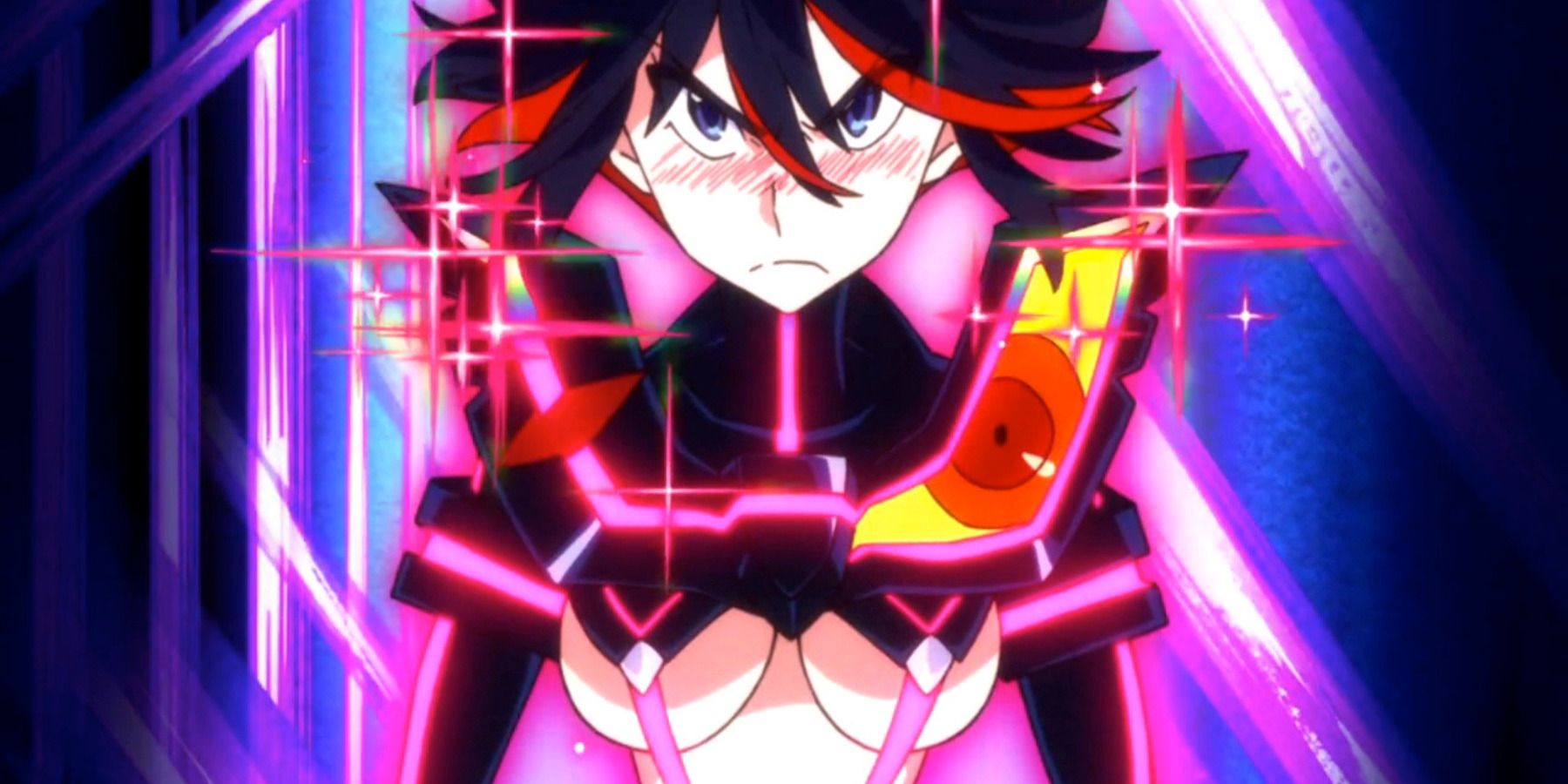
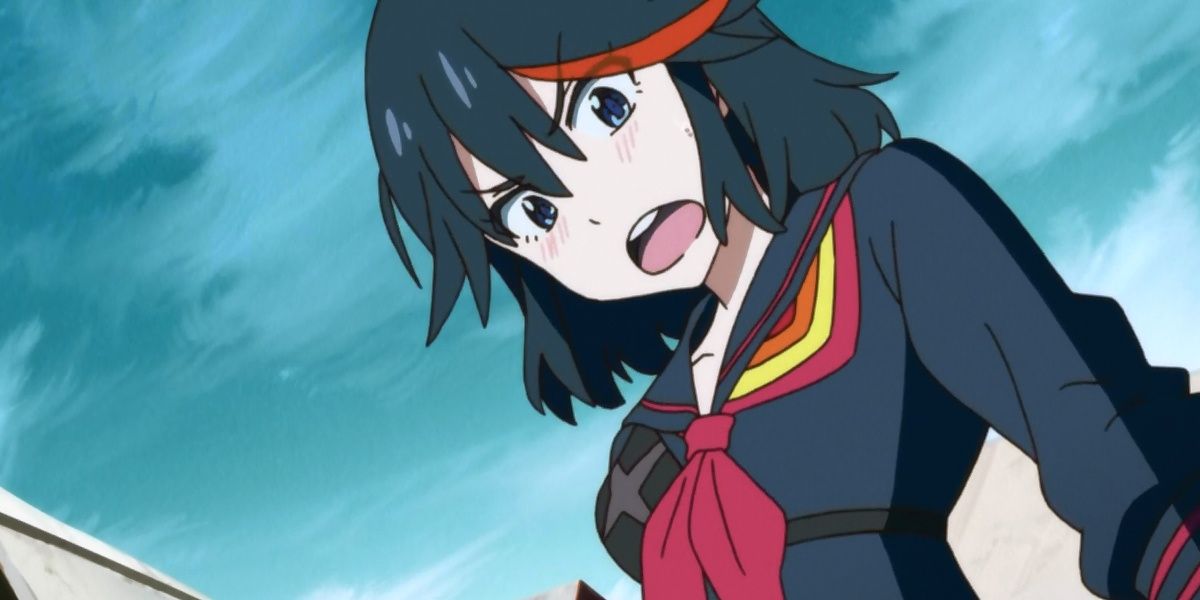
.jpg)
